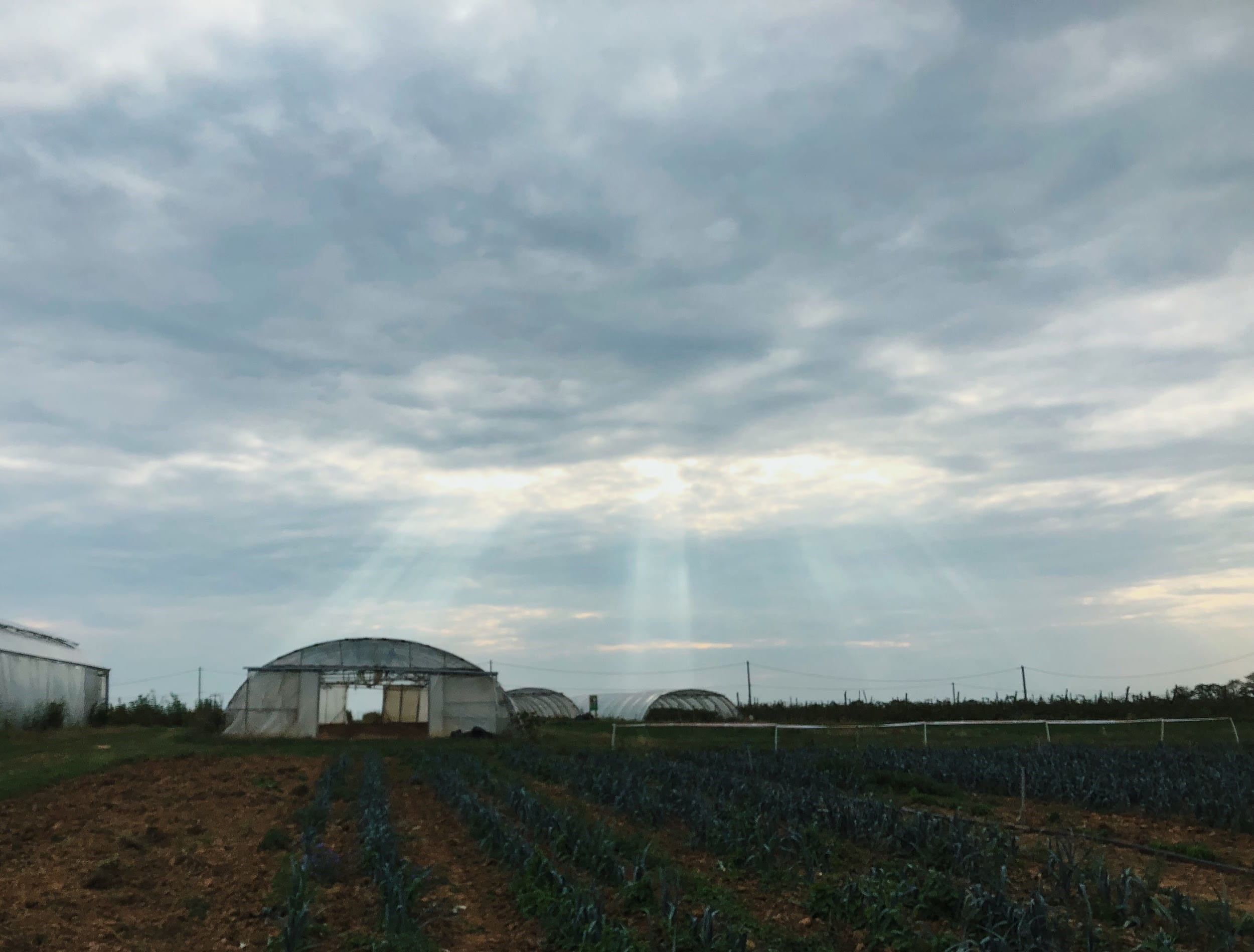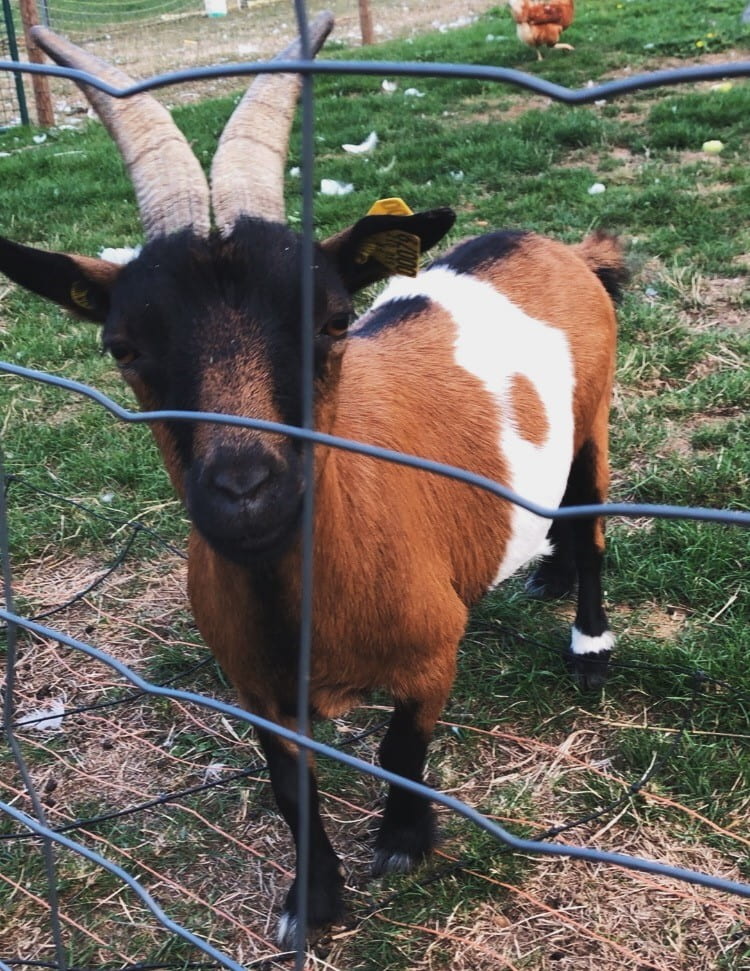Throughout the many train trips, bus rides, and long walks that take place as Georgia Tech Lorraine students explore Europe, there are endless ways to pass the time with ones traveling companions. I’ve had tons of excellent organic conversations with people on my excursions so far, but some of my best memories have come from playing games with my friends as we relax on trains or wander cities.

One of my personal favorites is a word game that my friends and I play quite frequently, called Contact. Contact is a bit hard to explain without actually playing it, but basically it involves trying to guess a word that someone has come up with as you incrementally learn more letters. My friend had given us six letters of the word: c-a-r-b-o-n, but we had exhausted our chemistry knowledge—it wasn’t carbonation, carbonic acid, or any other element-related term. We resorted to coming up with ridiculous car puns to try to think of words. What do you call a tiny tree in a vehicle? A car-bonsai! Obviously, these answers were unsuccessful, and the word eventually turned out to be “carbonara,” but they certainly provided their fair share of hilarity!
Another great pastime was born out of desperation and travel woes. On our very first weekend of travel, after trying to catch a train that apparently didn’t exist, my friend and I became stranded overnight in a tiny French town with basically nothing but the clothes on our backs, our dead phones, and, luckily, my notebook and pen. Naturally, as we waited all morning for another train that wouldn’t arrive until noon, we decided to write limericks together! (As one does.) Each of us would alternate contributing a line, and we ended up composing eight masterworks, most of them themed around our sorry plight. Here’s the first one we wrote, and my personal favorite:
Delirious girls at the station,
Were filled with a great consternation.
They wanted to go,
But their train didn’t show,
So they’re stuck on forever vacation.
Then there’s Make It or Break It, which is where you present someone with a scenario where they’ve met their soulmate, who’s perfect except for one flaw, and they’re asked if that flaw is a dealbreaker. They’re perfect for you in every way, except they can only ever walk backwards. Or, they’re perfect for you, but they can only speak in Justin Bieber lyrics. (These seemed mutually exclusive to me. No offense to any of you Beliebers out there.) This game is both a funny way to learn about new people and a great source of thought experiments. For instance, your soulmate is perfect, except all their hair is grass—do they cut their hair with a tiny lawn mower?
My favorite part about all these games is that they all involve creativity, often laughter, and usually learning something new about someone in the mix!


 yummy food. Arriving in London, I expected to be surrounded by thick British accents while standing across from the Elizabeth Tower, commonly known as Big Ben. What I did see and hear was slightly different from what I expected: Big Ben was completely covered in metal ladders and construction equipment, and the British accents I heard were nearly what I thought they would be (they were the usually more diverse accents of tourists). Even though I was not able to see Big Benin its full glory, I did see the London Eye, Parliament and Parliament Square, and take my cliché picture in a telephone booth. It was also exciting to visit the Buckingham Palace and see the British flag flying high above the palace, indicating the Queen was home. The best part about the first day was going to Chinatown! I walked under the little red lanterns that decorated the sky, and saw Asian cuisine and shops and live street performances. That first night, I was able to see London come alive at night. Another fun thing that I did that night was going to M&M World! Even though I am not much of a chocolate person, I could not resist creating my personal multi-colored M&M goodie bag.
yummy food. Arriving in London, I expected to be surrounded by thick British accents while standing across from the Elizabeth Tower, commonly known as Big Ben. What I did see and hear was slightly different from what I expected: Big Ben was completely covered in metal ladders and construction equipment, and the British accents I heard were nearly what I thought they would be (they were the usually more diverse accents of tourists). Even though I was not able to see Big Benin its full glory, I did see the London Eye, Parliament and Parliament Square, and take my cliché picture in a telephone booth. It was also exciting to visit the Buckingham Palace and see the British flag flying high above the palace, indicating the Queen was home. The best part about the first day was going to Chinatown! I walked under the little red lanterns that decorated the sky, and saw Asian cuisine and shops and live street performances. That first night, I was able to see London come alive at night. Another fun thing that I did that night was going to M&M World! Even though I am not much of a chocolate person, I could not resist creating my personal multi-colored M&M goodie bag. 




























